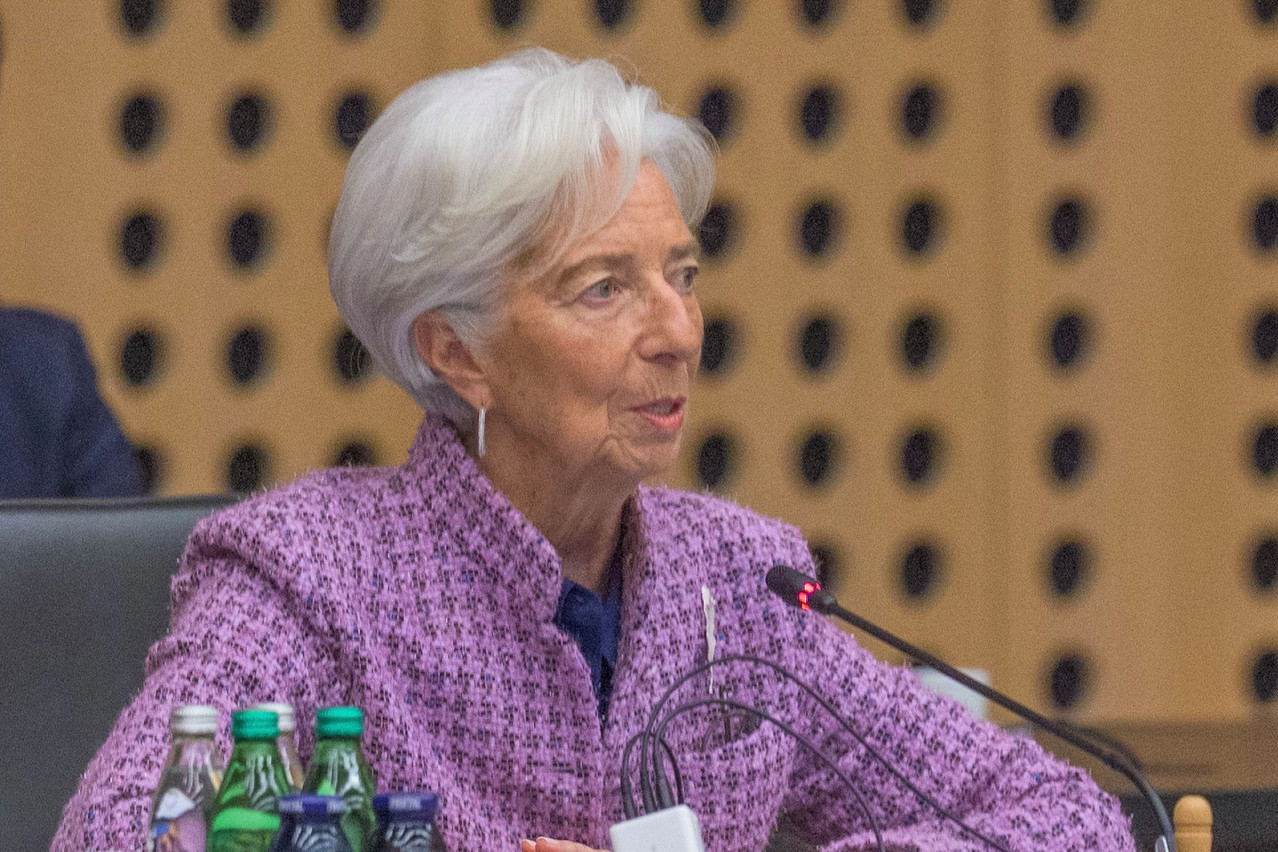The European Central Bank has a 25 basis point cut in its deposit facility rate, lowering it to 3.25%, effective 23 October 2024. This marks the third consecutive meeting in which rates have been reduced by 25 basis points.
The decision comes as euro area inflation--fundamental to the ECB’s mandate of maintaining price stability--has been declining and fell below the medium-term goal of 2% in September 2024. In a press statement following the meeting on Thursday 17 October at the Brdo Congress Centre in Slovenia, ECB president Christine Lagarde noted that the decision was based on the governing council’s updated assessment of the inflation outlook, the dynamics of underlying inflation, and the effectiveness of monetary policy transmission.
This move was widely by economists and aligns with market expectations.
Lagarde highlighted that this decision stemmed from the governing council’s updated assessment of the inflation outlook, the dynamics of underlying inflation and the strength of monetary policy transmission. According to the latest consumer price index numbers, the disinflationary process was well on track, although the inflation outlook had been affected by recent downside surprises in indicators of economic activity. Despite these challenges, financing conditions were reported to remain restrictive, asserted Lagarde.
According to Lagarde, euro area inflation would rise in the coming months before declining to the medium-term target of 2% over the course of the next year. “Domestic inflation remains high, as wages are still rising at an elevated pace,” added Lagarde. She emphasised that labour cost pressures were expected to ease gradually, with profits partially mitigating their impact on inflation.
The governing council, said Lagarde, expressed its determination to ensure that inflation returned to the target level in a timely manner. It stated that it would maintain sufficiently restrictive policy rates for as long as necessary to achieve this objective. The council committed to a “data-dependent and meeting-by-meeting approach” in determining the appropriate level and duration of restrictions, with interest rate decisions to be based on an assessment of the inflation outlook alongside incoming economic and financial data.
In terms of asset purchases, the ECB confirmed that the asset purchase programme (APP) portfolio was declining at a measured and predictable pace, as the Eurosystem no longer reinvested the principal payments from maturing securities. Furthermore, the Eurosystem ceased reinvesting all principal payments from maturing securities purchased under the pandemic emergency purchase programme (Pepp), resulting in an average reduction of the Pepp portfolio by €7.5bn per month. The governing council indicated its intention to discontinue reinvestments under the Pepp by the end of 2024.
Additionally, the council planned to maintain flexibility in reinvesting redemptions due in the Pepp portfolio to counter risks associated with the monetary policy transmission mechanism stemming from the pandemic. As banks began repaying amounts borrowed under the targeted longer-term refinancing operations, the governing council committed to regularly assess how these targeted lending operations and their ongoing repayment contributed to the overall monetary policy stance.
The next rate-setting council meeting is in eight weeks, scheduled for 12 December 2024.
